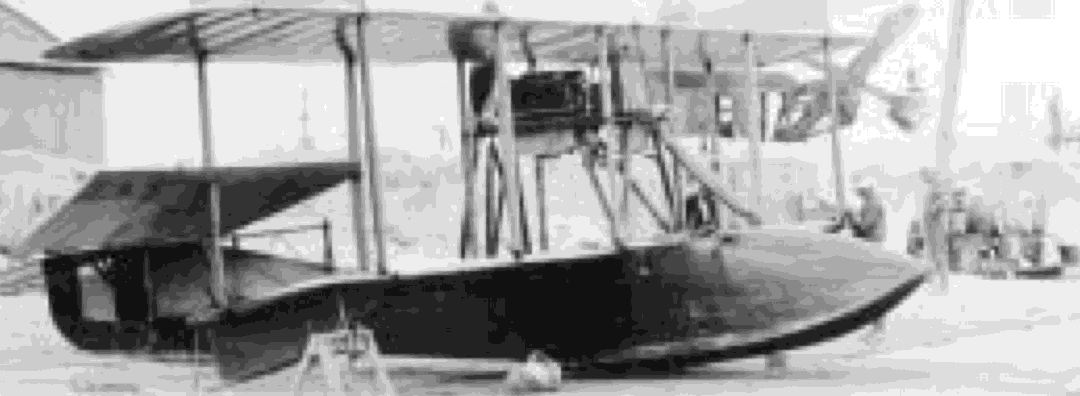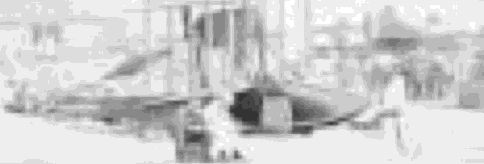

32
UNITED STATES NAVAL AVIATION
1910-1995
1918-Continued
1
""
-
. --
- -
Na val aircraft on beach at Pensacola, World War I 426915
21 January
The First Marine Aeronautic Company,
Captain Francis T. Evans, USMC, commanding, arrived
at Naval Base 13, Ponta Delgada, Azores, to fly antisub-
marine patrols over convoy lanes in the Azores area.
25 January
The Supervisor, Naval Reserve Flying
Corps requested that Dr. Alexander McAdie, Director
of Blue Hill Observatory, Harvard University, be
enrolled as a Lieutenant Commander in the Naval
Reserve and be assigned to the Aviation Office in CNO
to organize a Naval Aerological Organization.
3 February
Aerial gunnery training for prospective
Naval Aviators and enlisted men began under
Canadian Royal Flying Corps instructors at the Army
field at Camp Taliaferro, Fort Worth, Tex.
8 February
A change in national aircraft insignia
was promulgated by the Navy which replaced the
white star with concentric circles of red and blue
around white, and reversed the order of the red, white
and blue vertical bands on the rudder, placing the red
nearest the rudder post.
21 February
NAS Bolsena, Italy, was established,
Ensign William B. Atwater commanding. The first of
two air stations established in Italy during World War
I, Bolsena was used primarily as a flying school.
22 February
The Director of Naval Communications
was requested to provide wireless transmitting and
receiving equipment at five naval air stations on the
Atlantic coast and at San Diego, Calif., and Coco Solo,
Panama, to permit pilots on patrol to communicate
with their bases. The following May, this request was
expanded to cover all naval air stations.
22 February
NAS Queenstown, Ireland, an assembly
and repair station for all naval air stations in Ireland,
was established, Lieutenant Commander Paul J. Peyton
commanding.
26 February
In recognition of the importance to
flight operations of data on weather phenomena in the
upper atmosphere, and acting largely on the recom-
mendations of Lieutenant Commander Alexander
McAdie, formerly of Harvard University's Blue Hill
Observatory, the Chief of Naval Operations established
an allowance list of aerographic equipment for air sta-
tions abroad.
28 February
The president issued a proclama-
tion, effective in 30 days, that prohibited private
flying over the United States, its territorial waters
and its possessions without a special license issued
by the Joint Army and Navy Board on Aeronautic
Cognizance.
1 March
The dirigible station at Paimboeuf, France,
where several aviation personnel had been on duty
with the French since November 1917, was taken over
by American forces and established as a Naval Air
 |
10 |
 |